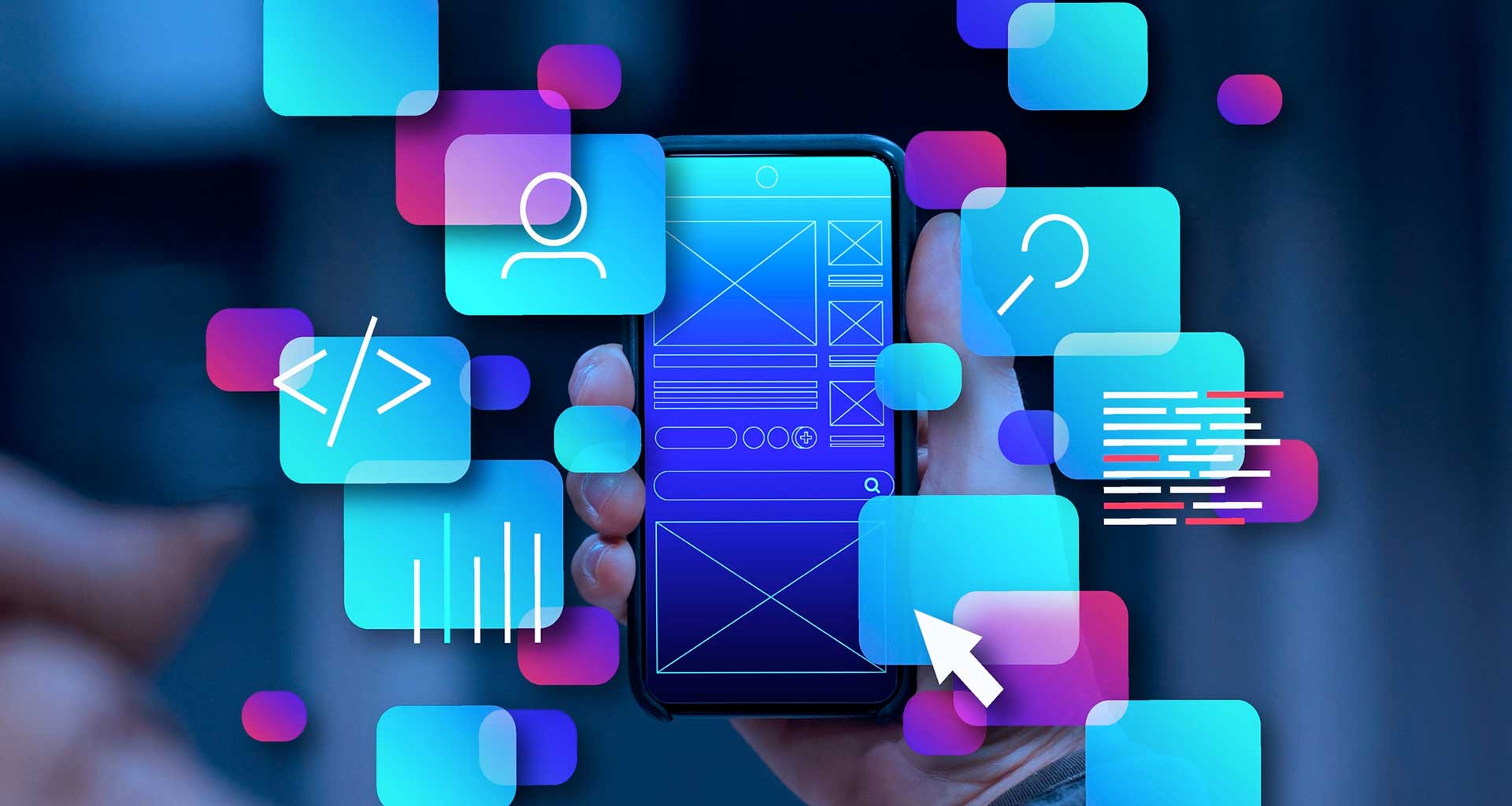Today, mobile application creation is no longer reserved for tech giants. As expectations evolve, more agencies and businesses—like us at Onirique Factory—seek efficient ways to deliver custom experiences without reinventing the wheel each time. This shift raises an essential question: what exactly is a white label mobile app, and how can modern low-code platforms empower agencies to offer scalable, branded solutions while streamlining development?
Defining white label mobile apps for today’s market
The concept of a white label mobile app often comes up when discussing faster deployments and flexible business models. At its core, such an app is a ready-made solution that other businesses can rebrand as their own. Imagine it as a robust chassis: feature-rich, yet adaptable to different logos, design elements, and content.
This approach dramatically reduces both development times and costs. At our agency, we turn to white label app builders when clients need reliable, quick-to-market mobile solutions with unique branding—without the budget or timeline constraints of full custom development. It allows us to strike a balance between efficiency and meaningful personalization.
Key advantages of white label over custom mobile app development
Traditional custom mobile app development provides deep flexibility but often brings significant cost, risk, and complexity—especially when similar projects are repeated. In contrast, white label mobile app development leverages pre-built frameworks designed for fast adaptation and easy rebranding. Why do so many agencies now adopt this approach?
- Accelerated deployment (days instead of months)
- Lower overall costs
- Proven codebase stability
- Easier scaling across brands and clients
- Consistent updates and security patches
With competition intensifying, delivering quality branded apps rapidly helps agencies outpace rivals. These solutions benefit both internal teams and end users by combining speed with reliability.
How low-code platforms redefine the creation of brandable apps
Low-code development disrupts the traditional hand-coded model. Visual interfaces combined with powerful backend integrations unlock new efficiencies—essential for agencies managing multiple client portfolios. Our adoption of these tools has transformed project timelines and improved pricing transparency.
Instead of weeks spent on boilerplate code, our team focuses on customizing user journeys and accelerating strategic growth. Using React Native as a foundation, we gain both flexibility and performance, along with seamless integration into leading app builders and cloud backends.
Comparing popular low-code solutions for app agencies
Let’s review key players from an agency perspective: Draftbit offers intuitive drag-and-drop building blocks, making rapid prototyping and real-time testing with React Native components effortless. Platforms like Supabase and Strapi provide cloud backend essentials—authentication, data storage, and API connectivity—with straightforward APIs ideal for modular integration.
Here’s a summary of how these tools stack up:
| Platform | Main Purpose | Best Features | Fits White Label? |
|---|---|---|---|
| Draftbit | App Builder | Drag-drop UI, exports react native code | Yes |
| Supabase | Backend-as-a-Service | Realtime database, easy auth | Yes |
| Strapi | Headless CMS/API | Customizable REST/GraphQL APIs | Yes |
The synergy between these platforms enables us to build, test, and deploy brandable applications with unmatched speed and adaptability—even compared to older drag-and-drop systems.
Pitfalls to avoid in rebranding and rolling out white label apps
While the appeal of speed and flexibility is strong, white label mobile app development comes with risks. A common mistake is overlooking platform compliance—Apple and Google scrutinize apps that look identical under different brands. To prevent rejections, it’s vital to go beyond simple logo swaps and color changes.
Another trap is settling for generic user flows. We always recommend investing in small but impactful customizations—such as exclusive features, custom analytics dashboards, or device-specific enhancements—to help each product stand out and meet marketplace standards.
From app builders to backends: a modern workflow for agencies
By combining modular tools, agencies and businesses gain more control throughout the app lifecycle—from design to hosting and ongoing maintenance. At Onirique Factory, we champion “best-of-breed” combinations, ensuring we’re never locked into inflexible or outdated stacks.
Integrating app builders like draftbit with cloud backends
In our workflow, we pair Draftbit’s visual builder with backends such as Supabase or Strapi. The front end benefits from intuitive design and exportable code, while the backend handles real-time data, authentication, and secure content delivery.
This modularity means we can upgrade or swap components quickly if requirements change, protecting client investments and keeping pace with evolving technology and market demands.
The power of APIs and cross-platform support
React Native remains a favorite among agencies thanks to its unified codebase for iOS and Android. By integrating advanced APIs from Firebase, Strapi, or Supabase, we add push notifications, chat, media uploads, and analytics—all without excessive overhead. This ensures every app feels custom, even when starting from a shared template.
For white label projects, striking the right balance of third-party APIs boosts perceived value while keeping budgets and timelines in check.
Frequently asked questions about white label and low-code app development
How does a white label app differ from custom development?
White label mobile apps use a base product designed for rebranding, enabling agencies and businesses to launch under their own identity. Custom development builds everything from scratch, allowing for tailored features and workflows. White label saves time and cost, while custom work delivers complete uniqueness at a higher price point.
- White label: rapid setup, standardized features, focus on branding
- Custom: longer development, total control over all functionality
| Aspect | White label | Custom |
|---|---|---|
| Development Time | Fast: days/weeks | Slow: months |
| Budget | Affordable | High |
| Feature Set | Core, extensible | Unlimited |
What value do low-code app builders offer agencies?
Low-code app builders allow agencies to deliver projects quickly using visual editors and reusable templates. They reduce manual coding, lower error rates, and simplify onboarding for non-technical team members.
- Faster project turnaround
- Predictable budgets
- Simplified updates and maintenance
Which backend tools pair best with white label mobile apps?
We commonly recommend headless CMS platforms like Strapi for flexible content management, or managed services such as Supabase for scalable authentication, databases, and APIs. Firebase also stands out for real-time features and messaging. The best choice depends on your project’s size, security needs, and future plans.
| Tool | Main Use |
|---|---|
| Strapi | CMS & API |
| Supabase | Database & Auth |
| Firebase | Realtime, Analytics |
Are there limitations with white label mobile app development?
While white label solutions speed up launches, they may restrict highly specialized features or unique user experiences. Agencies must ensure sufficient differentiation and comply with app store guidelines. Adding exclusive features or distinct user flows can resolve most typical issues.
- Possible store policy conflicts if apps appear too similar
- Some advanced features might still require custom development
To sum up, embracing white label mobile app development through low-code platforms empowers agencies like ours to deliver high-quality, scalable, and brandable solutions efficiently. By leveraging tools such as Draftbit, Supabase, and Strapi, we streamline our processes and drive better outcomes for our clients. The key lies in blending speed with thoughtful customization, ensuring each project feels unique while benefitting from proven foundations. We invite you to share your experiences or questions below—let’s continue pushing boundaries together!



